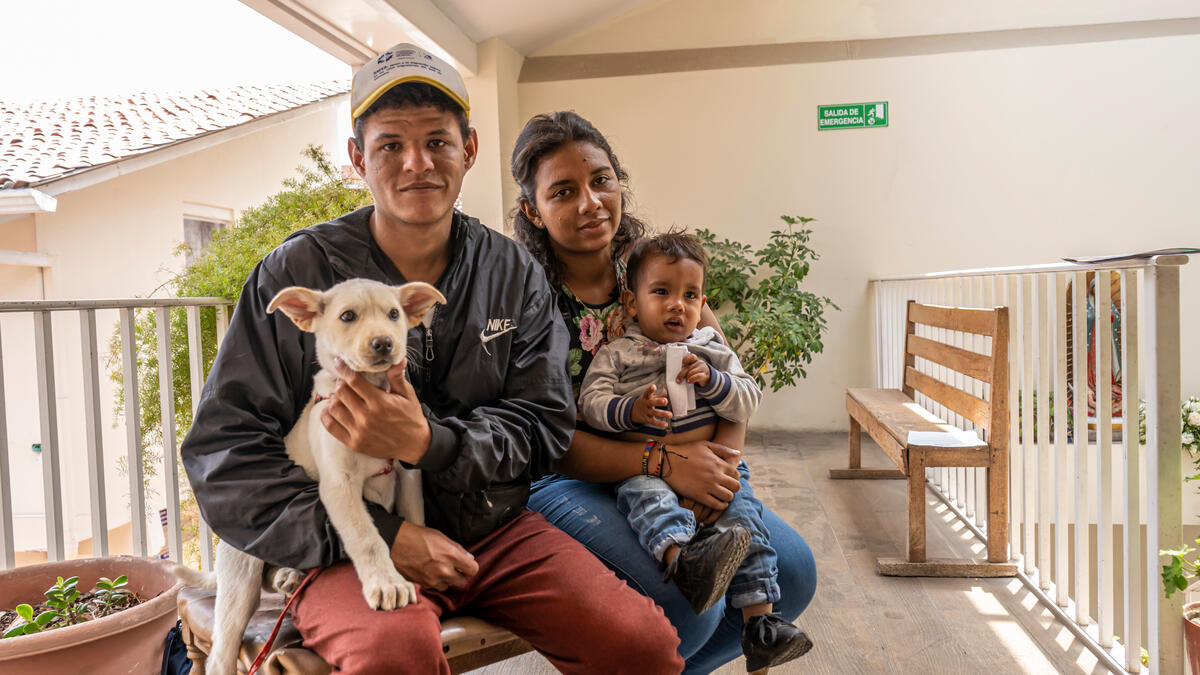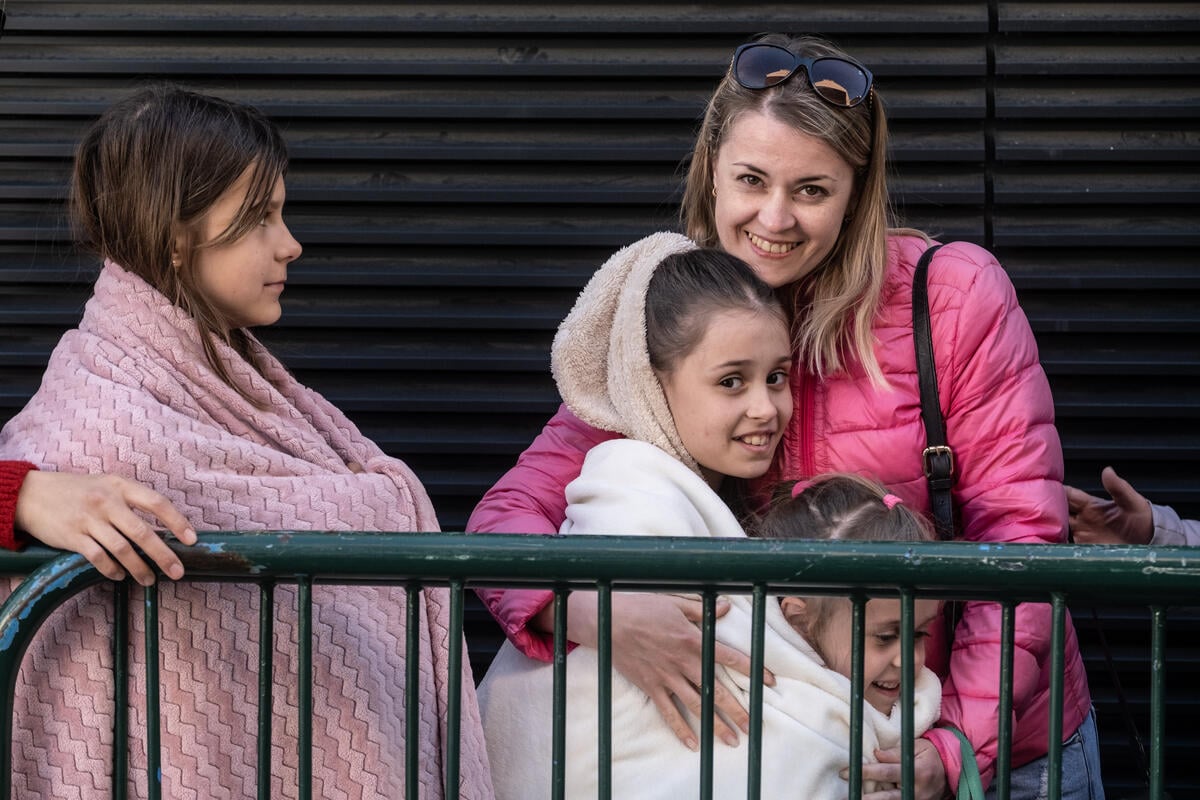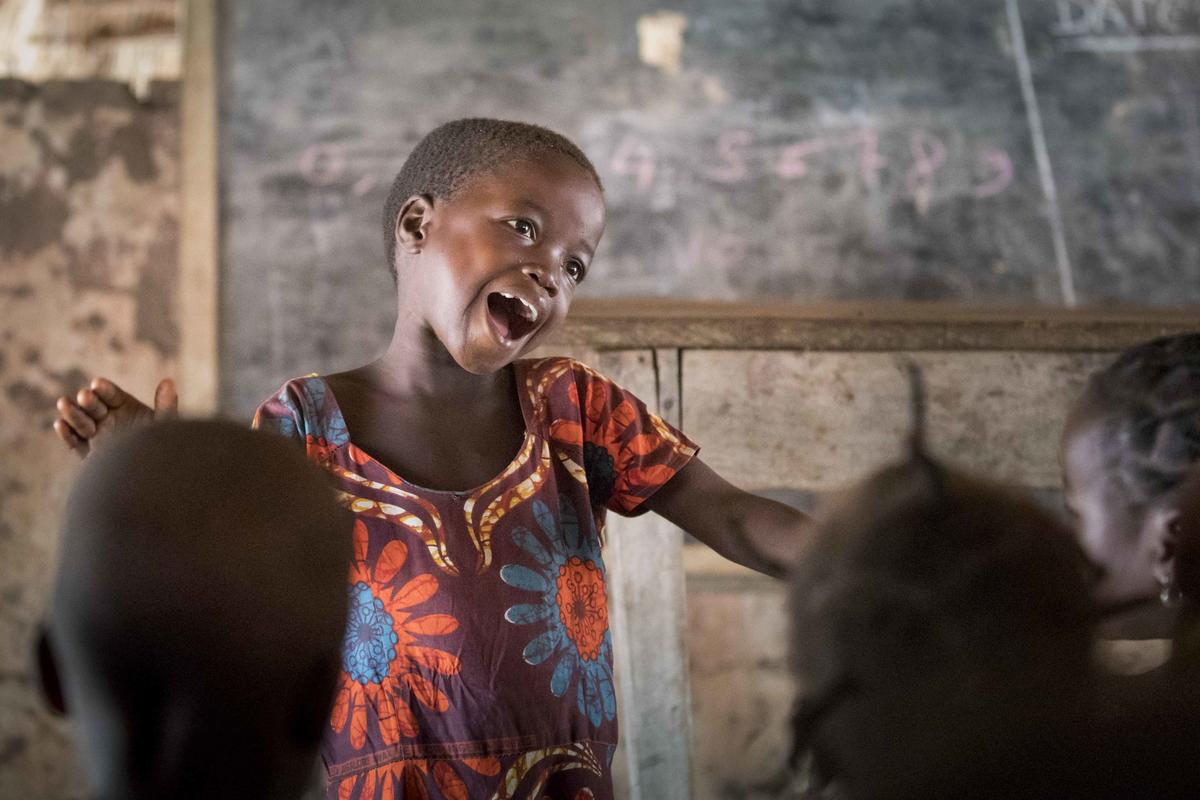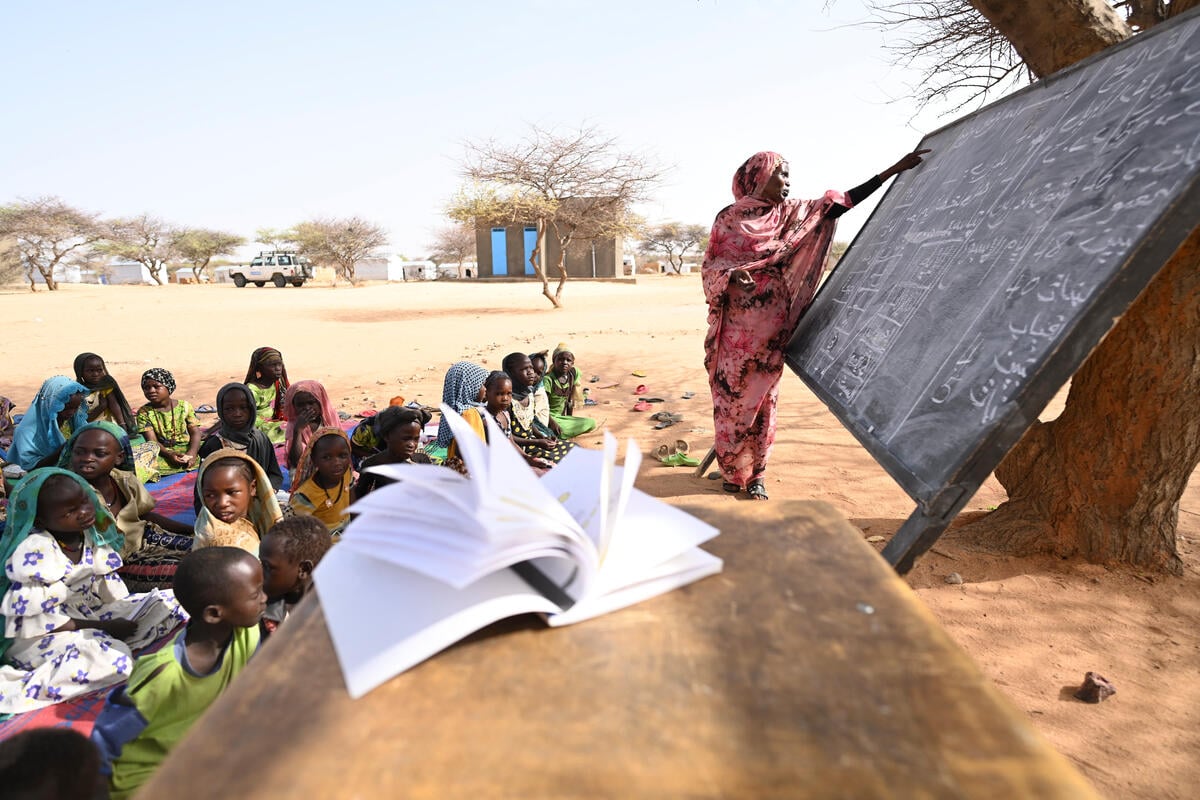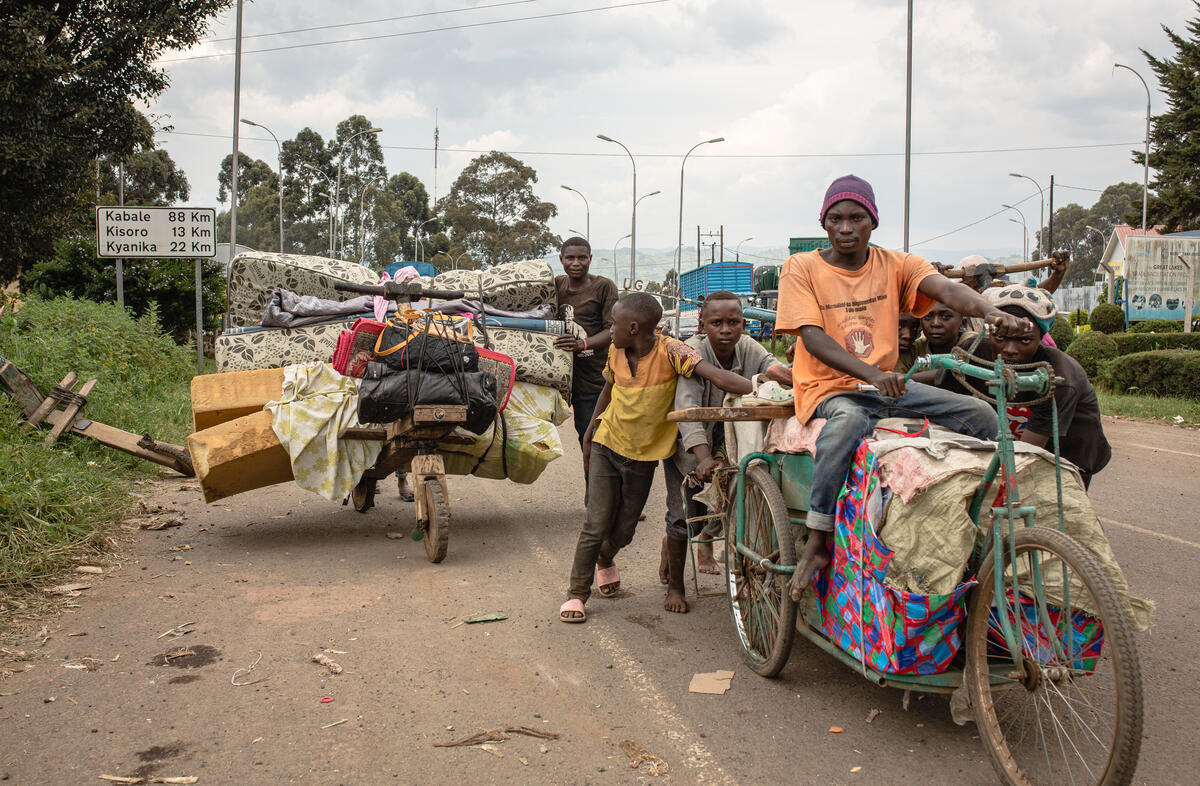Bangladesh: solar power and determination bring the information age to remote refugees
Bangladesh: solar power and determination bring the information age to remote refugees

NAYAPARA REFUGEE CAMP, Bangladesh, January 14 (UNHCR) - Living in a camp where electricity is still a rare commodity, 15-year-old Toslima had never even touched a computer three months ago. Still, she knew that using one could open up a world of knowledge far removed from the closed refugee camp where she has spent her entire life after her parents fled their Myanmar home.
"If you can use a computer, you can learn skills to prosper in life," says Toslima, a refugee from Myanmar's Northern Rakhine state - although with limited freedom of movement and education she once doubted she would ever get a glimpse of the information age that so many people take for granted.
Today even Toslima struggles to grasp the progress she has made in a short time - she's now a co-trainer at a new Community Technology Access (CTA) centre in Nayapara, one of two refugee camps that together are home to 28,000 registered refugees from Myanmar in Bangladesh.
With 24 glimmering solar panels on its roof, the CTA centre uses renewable energy to power 15 computers. It is an innovative sustainable solution in an extraordinarily challenging environment. Piloted in the remote and rugged conditions of Bangladesh and Rwanda, the CTA project is a new partnership between UNHCR, Microsoft and PricewaterhouseCoopers that will bring the benefits of information and communication technology to refugee camps in nine more countries this year.
Here in Nayapara, south of Cox's Bazar on the border with Myanmar, eager young refugees work six days a week on the computers, chatting to one another excitedly and pointing to the screen as they master new skills. Over a 10-week course, 150 students learn the basics of computing, something they never dreamed possible inside a closed camp; Toslima was such a fast learner she was put in charge of helping explain the lessons and monitor students' progress.
"Microsoft Word, PowerPoint, Excel," says Toslima, reeling off the brands of software she has learned to use. "I can use these programs for accounting or to make results sheets," she adds. She navigates through the encyclopedia software and highlights images and information she had not seen before: the moon landing, the number of countries belonging to the United Nations, the roads of London, a map of Italy.
In a culturally conservative society, Toslima is a vital role model for other teenage girls in the camp, who continue to face significant pressure to leave school upon reaching puberty and marry at a very young age. She, along with 30 other girls using the CTA centre, represent a new generation who are showing there is an alternative to early marriage and a life confined to the four walls of their small huts.
"We want peace and we want education for our children," says Toslima's father, one of a growing number of parents in the camp supporting continuing education for their daughters - which only projects like the CTA can make possible.
About half of Nayapara's refugees were born inside the camp and know no other life. For the last 18 years, formal education opportunities in Nayapara camp have been restricted to Class Five. After that, many refugees resort to selling their food rations so their children can attend informal classes taught by other refugees in the camp, but these fall far short of a proper education
Learning to use computers is just the beginning. The plan is for computers to be used to teach additional subjects such as languages and microfinance, and to build the capacity of refugee volunteers to work in health, community development and education.
"Until a durable solution is found for the refugees, projects like the CTA are critical for their development," says UNHCR Representative Saber Azam. "It exposes them to the world beyond the camps and gives the community hope for a better tomorrow."
Just listen to Toslima as she moves around her new domain: "As a computer trainer, I can teach my community and make a difference in their lives," she says with quiet confidence. "I want all refugees to go somewhere where they can be in peace and have a good future."
By Min Wah Voon
In Nayapara, Bangladesh


